Exotic pets like sugar gliders, ferrets, and mini pigs bring joy and companionship to their owners, but their specialized care needs include vigilant health monitoring. Unlike cats and dogs, these unique animals often mask illness until conditions become severe—a survival mechanism from their wild ancestors. Recognizing subtle health changes requires familiarity with your pet’s normal behavior and appearance. This comprehensive guide will help you identify early warning signs of illness in these three popular exotic pets, potentially saving your beloved companion’s life through prompt veterinary intervention.
Understanding Normal Behavior: The Baseline for Health Monitoring

Before you can identify when something’s wrong with your exotic pet, you must thoroughly understand what’s normal for them. Sugar gliders typically display energetic, social behavior, actively climbing, gliding, and vocalizing, particularly during evening hours when these nocturnal creatures are most active. Ferrets, when healthy, exhibit what owners affectionately call the “ferret dance”—a bouncy, playful movement pattern with arched backs and excited hops. Mini pigs demonstrate curiosity, enjoy rooting behaviors, and often seek interaction with their human families when feeling well. Daily observation of your pet’s activity levels, appetite, elimination habits, and social engagement creates a personalized baseline that makes abnormalities much easier to detect. Remember that seasonal changes and age can influence behavior, so continuously update your understanding of what constitutes “normal” for your specific animal companion.
Common Signs of Illness Across Species

While each exotic pet species has unique health concerns, several universal warning signs warrant attention regardless of species. Significant changes in appetite—whether sudden increases or decreases—often signal underlying health issues ranging from dental problems to systemic illness. Weight loss, especially when rapid or unexpected, requires immediate veterinary consultation as it frequently indicates serious conditions. Lethargy or reluctance to engage in typical activities represents one of the most reliable indicators of illness across all three species. Changes in elimination patterns, including diarrhea, constipation, abnormal urine color, or difficulty eliminating, suggest digestive, urinary, or systemic problems. Additionally, unusual aggression or withdrawal from social interaction often indicates pain or discomfort that deserves prompt medical attention. Monitoring these fundamental health markers daily provides a crucial first line of defense against developing health crises.
Sugar Glider Warning Signs: Behavioral Changes
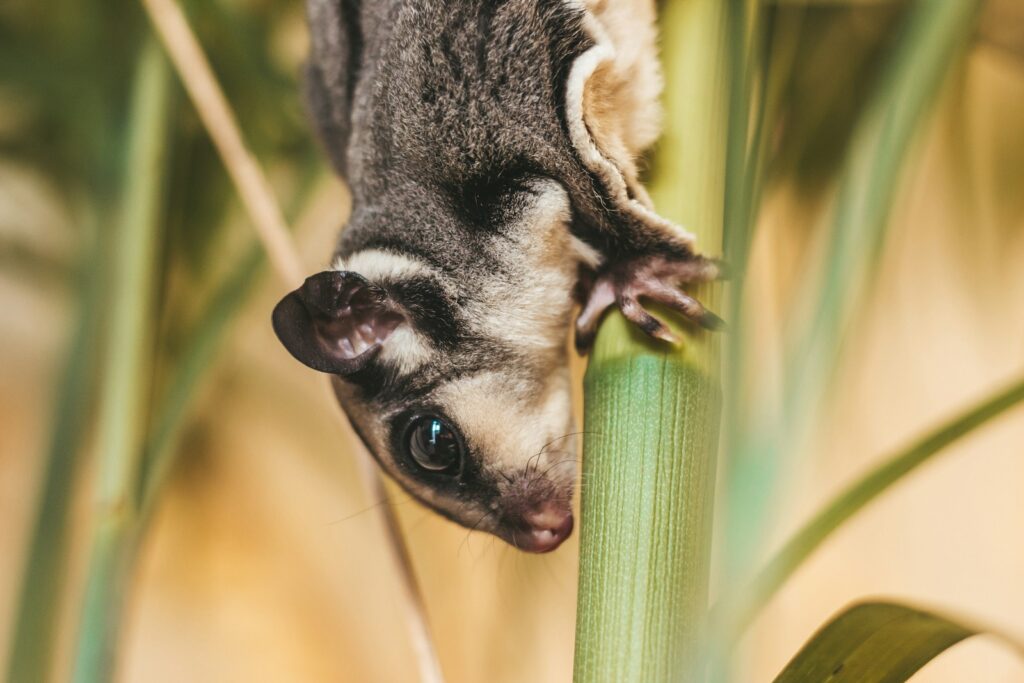
Sugar gliders communicate illness through distinct behavioral alterations that attentive owners can identify. A normally social sugar glider that suddenly isolates itself from colony members or refuses bonding time with human caregivers may be experiencing pain or illness. Self-mutilation behaviors, including excessive grooming leading to bald patches or skin lesions, indicate stress, parasites, or neurological issues requiring veterinary evaluation. Healthy sugar gliders maintain regular activity patterns during their active hours; therefore, a glider that remains curled in its pouch during normal activity periods likely feels unwell. Changes in vocalization patterns, particularly increased high-pitched crabbing sounds or unusual distress calls, often signal discomfort. Pay special attention to climbing abilities, as reduced coordination or reluctance to climb often indicates neurological problems, calcium deficiencies, or injury affecting these normally agile animals.
Sugar Glider Warning Signs: Physical Symptoms
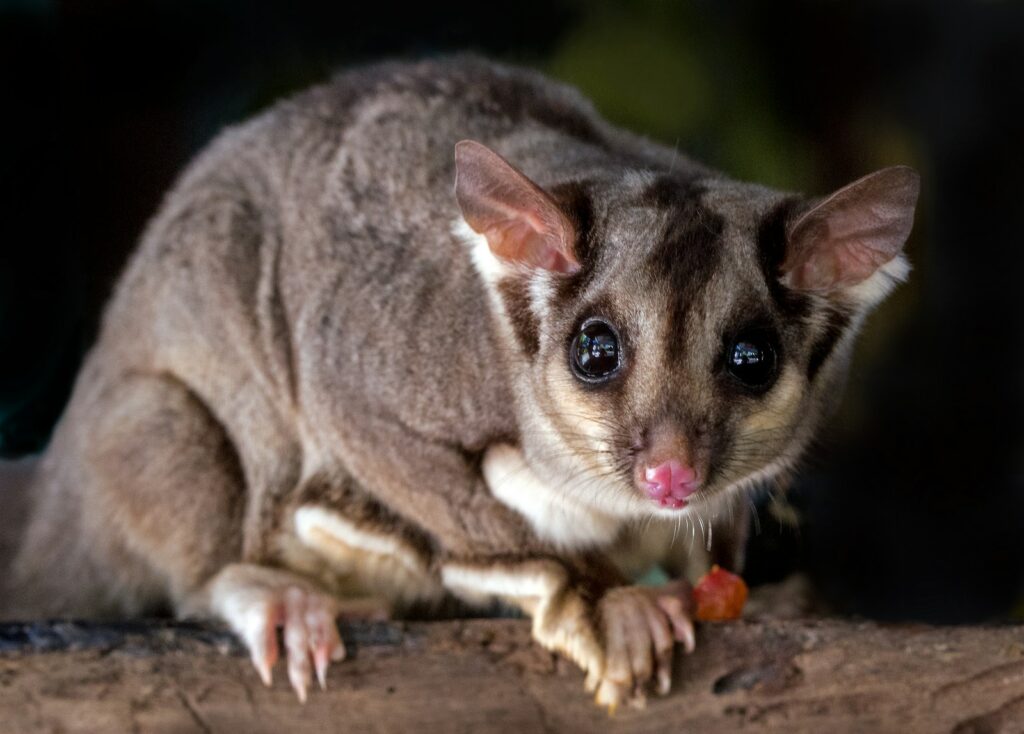
Physical abnormalities in sugar gliders provide concrete evidence of health problems requiring immediate attention. Cloudy or partially closed eyes, discharge, or visible third eyelids suggest infections, injuries, or neurological conditions affecting these visually oriented animals. Nasal discharge, labored breathing, or unusual respiratory sounds indicate potentially serious respiratory infections that spread rapidly in these small marsupials. Healthy sugar gliders maintain clean, full fur coats; therefore, patches of missing fur, skin discoloration, or visible parasites require prompt treatment. The tail, crucial for balance and temperature regulation, should remain plump and fully furred—a thin or “rat-like” tail indicates dehydration or malnutrition. Proper dental health manifests as clean, even teeth and pink gums, while dental problems appear as discolored teeth, swollen gums, or difficulty eating. Additionally, check your glider’s pouch (in females) or genitals for abnormal discharge, swelling, or discoloration that might indicate reproductive system infections.
Sugar Glider Warning Signs: Elimination Issues
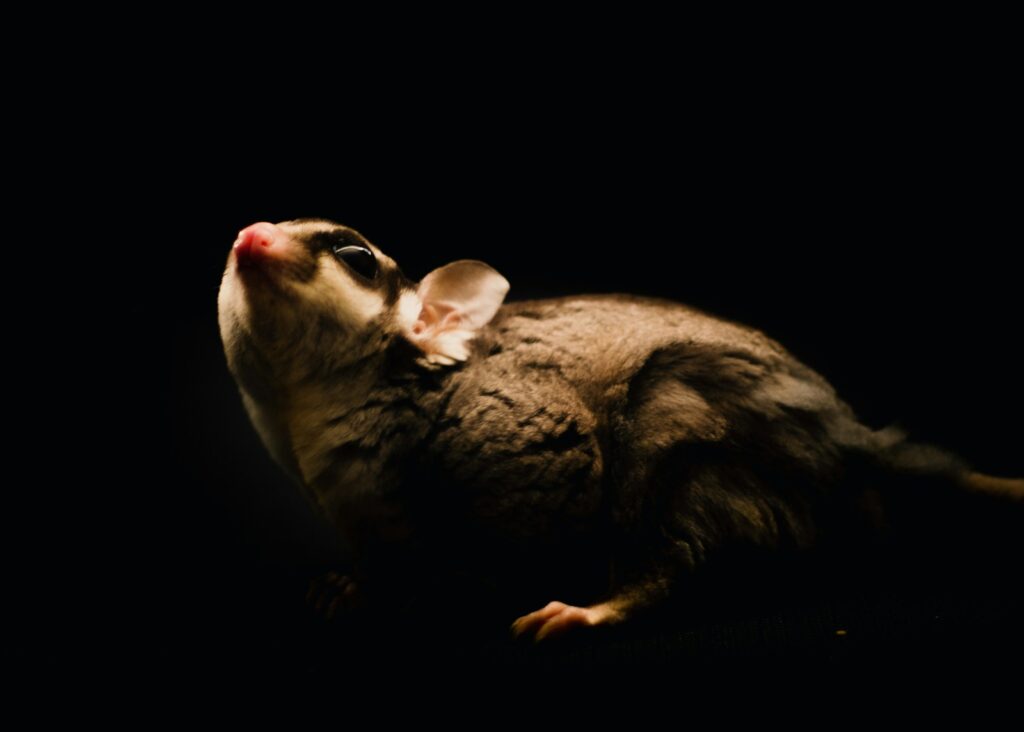
Changes in a sugar glider’s waste products often provide early indications of developing health problems. Healthy sugar glider urine appears pale yellow to amber with minimal odor, while dark, cloudy, or strong-smelling urine suggests dehydration, urinary tract infections, or kidney issues. Normal sugar glider droppings appear as small, firm, dark pellets; therefore, diarrhea, constipation, or unformed stools warrant veterinary consultation. Blood in either urine or feces constitutes an emergency requiring immediate veterinary care, as it may indicate internal injuries, infections, or gastrointestinal disorders. Particularly concerning is a condition called cloaca prolapse, where internal tissue protrudes from the animal’s rear end, requiring emergency veterinary intervention. Monitoring your sugar glider’s elimination habits provides valuable insights that, when addressed promptly, can prevent progression to more serious conditions affecting these delicate marsupials.
Ferret Warning Signs: Energy and Movement Changes

Ferrets, naturally playful and energetic animals, express illness through distinct changes in their movement patterns and activity levels. A healthy ferret typically engages in several vigorous play sessions daily, so persistent lethargy or reduced interest in toys and games often indicates underlying health concerns. Watch for changes in gait such as dragging hind legs, stumbling, or head tilting, which may signal neurological issues including common ferret ailments like insulinoma or adrenal disease. Excessive sleeping beyond their normal 15-18 hours daily, particularly when unresponsive during typical active periods, warrants prompt veterinary attention. Ferrets with pain or discomfort may exhibit reluctance to be handled in certain areas, flinching when touched, or uncharacteristic aggression during handling. Additionally, monitor for seizures, which appear as uncontrolled shaking, stiffening, paddling motions, or loss of bladder control and require emergency care as they frequently relate to low blood sugar from insulinoma, a common ferret disease.
Ferret Warning Signs: Digestive and Elimination Issues
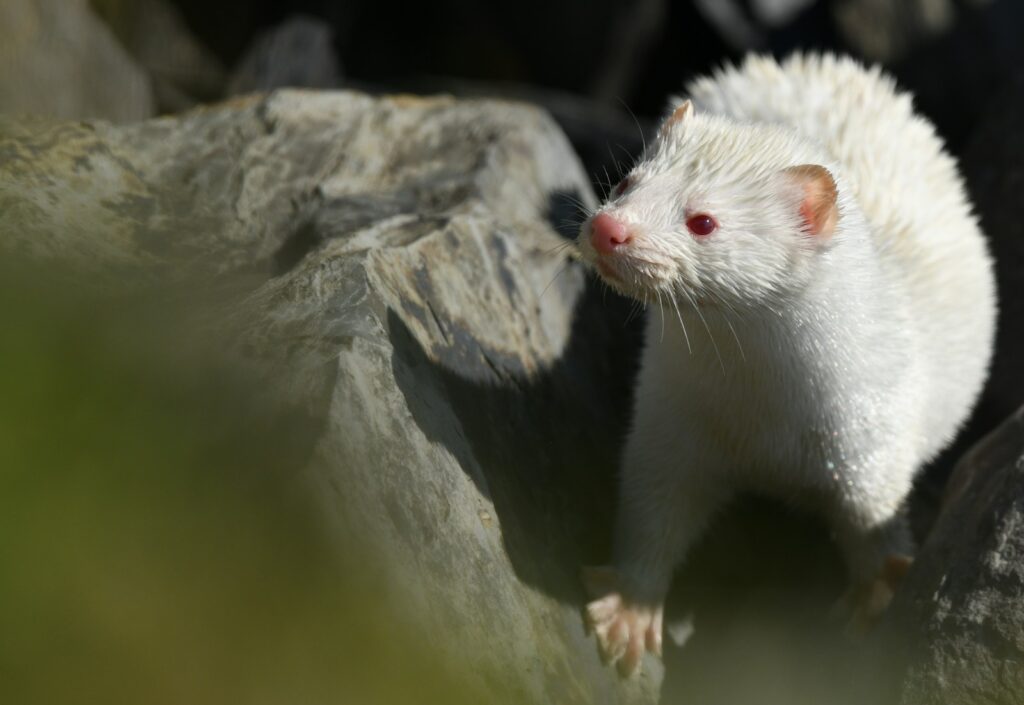
Ferrets commonly develop digestive and elimination problems that attentive owners can identify through careful observation. Healthy ferret stool appears tubular, firm, and dark brown with a slightly mucous coating; therefore, changes in consistency, color, or frequency deserve attention, particularly green or black tarry stools indicating potential bleeding. Diarrhea, especially when persistent or accompanied by mucus or blood, requires immediate veterinary care as ferrets dehydrate rapidly due to their short digestive tracts. Straining during defecation suggests potential blockages from foreign object ingestion—a common issue with these curious creatures that love to chew inappropriate items. Changes in urination patterns, including increased frequency, straining, or discolored urine, may indicate urinary tract infections or bladder stones requiring treatment. Particularly concerning is a condition called “stool stacking,” where ferrets produce multiple small, pellet-like stools instead of normal tubular waste, potentially indicating partial blockages or inflammatory bowel disease. Always monitor for difficulty passing waste or prolonged straining, which may indicate life-threatening blockages requiring emergency intervention.
Ferret Warning Signs: Respiratory and External Symptoms

Ferrets display specific external and respiratory symptoms when experiencing health problems that owners should regularly assess. Respiratory issues manifest as coughing, wheezing, nasal discharge, or labored breathing, potentially indicating influenza (which ferrets can contract from humans), pneumonia, or heart disease. Healthy ferrets maintain clean ears with minimal wax; therefore, excessive scratching, head shaking, dark discharge, or strong odors from the ears suggest mite infestations or infections requiring treatment. Regular examination of your ferret’s mouth reveals important health information—pale gums indicate anemia or poor circulation, while yellowing gums or skin points to liver disease, common in older ferrets. Dental problems appear as tartar buildup, red gums, or reluctance to eat hard foods, potentially leading to more serious issues when untreated. Hair loss, particularly when asymmetrical or accompanied by itching, often indicates adrenal disease, one of the most common conditions affecting middle-aged and older ferrets, requiring medical management. Additionally, observe for abnormal lumps or swellings, as ferrets have high cancer rates, with early detection significantly improving treatment outcomes.
Mini Pig Warning Signs: Mobility and Behavioral Changes

Mini pigs signal illness through specific mobility issues and behavioral changes that differ from their standard patterns. Healthy mini pigs move with a steady gait and maintain good balance, so limping, reluctance to stand, or difficulty walking requires investigation for potential arthritis, hoof problems, or injuries. Changes in normal behavior patterns, such as a typically sociable pig becoming withdrawn or an independent pig suddenly seeking constant attention, often indicate discomfort or illness. Mini pigs are naturally curious and active animals that enjoy rooting and exploring; therefore, reduced interest in these activities or prolonged sleeping beyond their normal patterns suggests potential health concerns. Watch for signs of pain including teeth grinding, a high-pitched squeal when touched in specific areas, or aggressive responses to handling that differs from their usual temperament. Additionally, mini pigs typically maintain consistent routines, so changes in sleeping location preferences or unusual hiding behaviors often indicate they’re not feeling well and are attempting to protect themselves when vulnerable.
Mini Pig Warning Signs: Skin and External Symptoms
A mini pig’s skin condition provides valuable insights into their overall health status and potential underlying problems. Healthy mini pig skin appears relatively smooth with minimal flaking, while excessive dryness, dandruff, or peeling suggests nutritional deficiencies, parasites, or allergies requiring dietary adjustments or medical intervention. Regular skin checks should include examination for unusual lumps, growths, or discolorations that might indicate skin cancer, particularly in light-colored pigs more susceptible to sun damage. Parasitic infestations manifest as intense scratching, hair loss, redness, or visible parasites like lice or mites, requiring prompt treatment to prevent suffering and secondary skin infections. Hoof health directly impacts mobility; therefore, overgrown, cracked, or malformed hooves require regular trimming and potential veterinary assessment when severe. Ear problems appear as frequent head shaking, scratching at ears, foul odor, or visible discharge indicating infections or mite infestations common in the folded ears of many mini pig breeds. Additionally, check for swollen joints, which may indicate arthritis or infection, particularly important as mini pigs age and carry their substantial weight on relatively small limbs.
Mini Pig Warning Signs: Digestive and Appetite Changes

Mini pigs have sensitive digestive systems where changes often indicate developing health problems requiring prompt attention. Healthy mini pigs maintain consistent appetites, so sudden increases or decreases in food consumption warrant investigation for dental issues, intestinal parasites, or systemic illness. Vomiting, rare in healthy pigs, represents an immediate concern requiring veterinary consultation as it may indicate blockages, toxin ingestion, or severe illness. Diarrhea, especially when persistent or containing mucus or blood, indicates intestinal disturbance from dietary indiscretion, parasites, or bacterial infections requiring appropriate treatment. Monitor your mini pig’s weight regularly, as both obesity and unexplained weight loss present significant health risks—obesity strains joints and internal organs, while unexplained weight loss despite normal eating habits suggests metabolic disorders or malabsorption issues. Additionally, excessive water consumption or changes in drinking habits may indicate developing diabetes or kidney issues requiring veterinary assessment and potential management of these conditions increasingly common in aging mini pigs.
Preventative Health Monitoring Routines
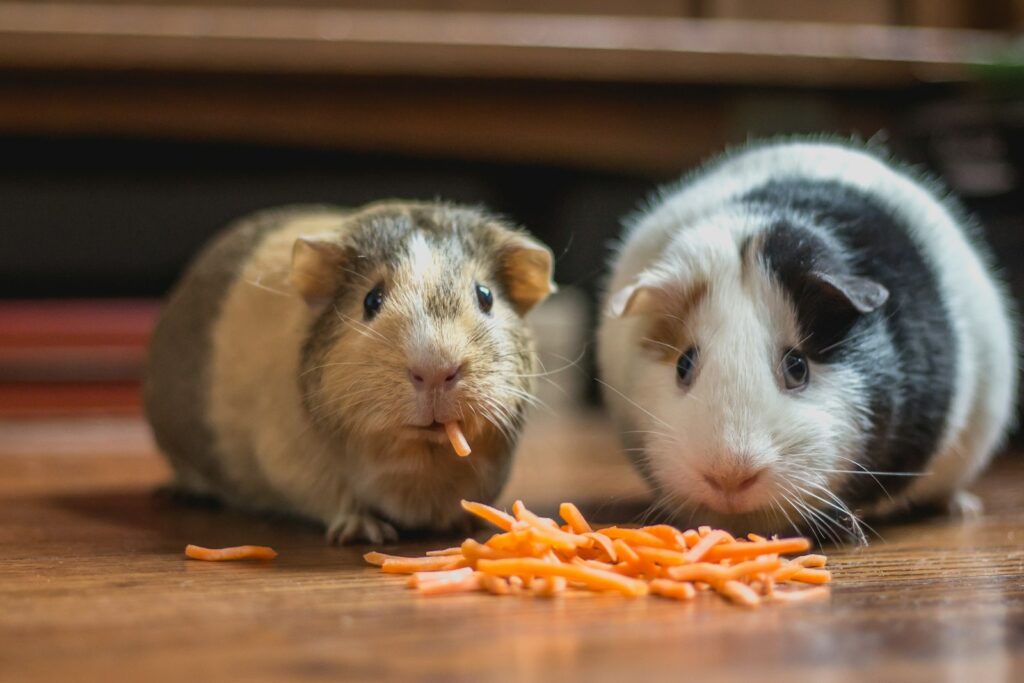
Establishing consistent health monitoring routines provides the best foundation for early illness detection in exotic pets. Weekly health check sessions should include gentle but thorough physical examinations where you assess body condition, check for abnormalities, and monitor weight using an appropriate scale for your pet’s size. Create a simple health journal documenting regular observations about appetite, elimination, activity levels, and behavior patterns, making it easier to identify subtle changes developing over time. Regular habitat cleaning not only maintains hygiene but provides opportunities to assess waste products for abnormalities while ensuring environmental conditions don’t contribute to health problems. Establish relationships with exotic pet veterinarians before emergencies arise, scheduling preventative care visits that may include parasite testing, dental assessments, and age-appropriate screenings for common conditions affecting each species. Remember that many exotic pets naturally hide illness until conditions become severe; therefore, routine monitoring allows you to identify subtle changes before they develop into life-threatening situations, significantly improving treatment outcomes when issues arise.
When to Seek Emergency Veterinary Care
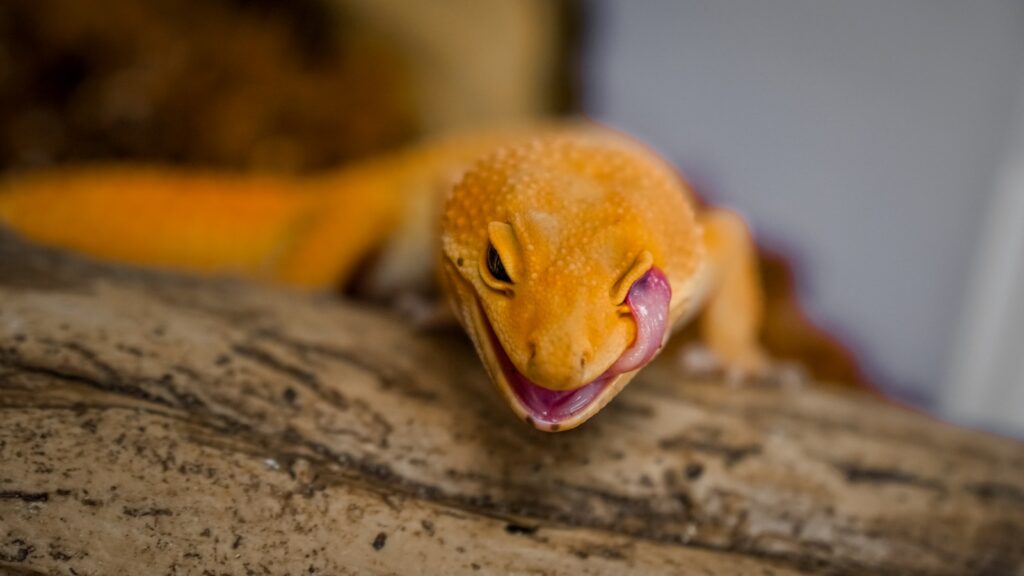
Certain symptoms in exotic pets constitute emergencies requiring immediate veterinary intervention rather than home observation. Respiratory distress, including open-mouth breathing, blue-tinged gums or tongue, or severe coughing/wheezing, represents a life-threatening emergency requiring immediate care. Significant bleeding from any orifice or wound, particularly when uncontrolled with gentle pressure, necessitates emergency treatment to prevent dangerous blood loss in these small animals. Neurological symptoms including seizures, severe disorientation, head tilting, circling, or inability to stand indicate potential brain, spinal, or metabolic emergencies requiring urgent assessment. Complete refusal to eat or drink for 24 hours (shorter in sugar gliders) leads to rapid dehydration and metabolic crisis, particularly concerning in small exotic species with limited nutritional reserves. Signs of extreme pain, including vocalization without provocation, aggressive responses to gentle handling, or unusual posturing, warrant emergency evaluation to address the underlying cause and provide appropriate pain management. Remember that exotic pets’ small size makes them vulnerable to rapid deterioration; therefore, when in doubt about symptom severity, seeking prompt veterinary guidance provides the best chance for positive outcomes.
Building a Supportive Network for Exotic Pet Health
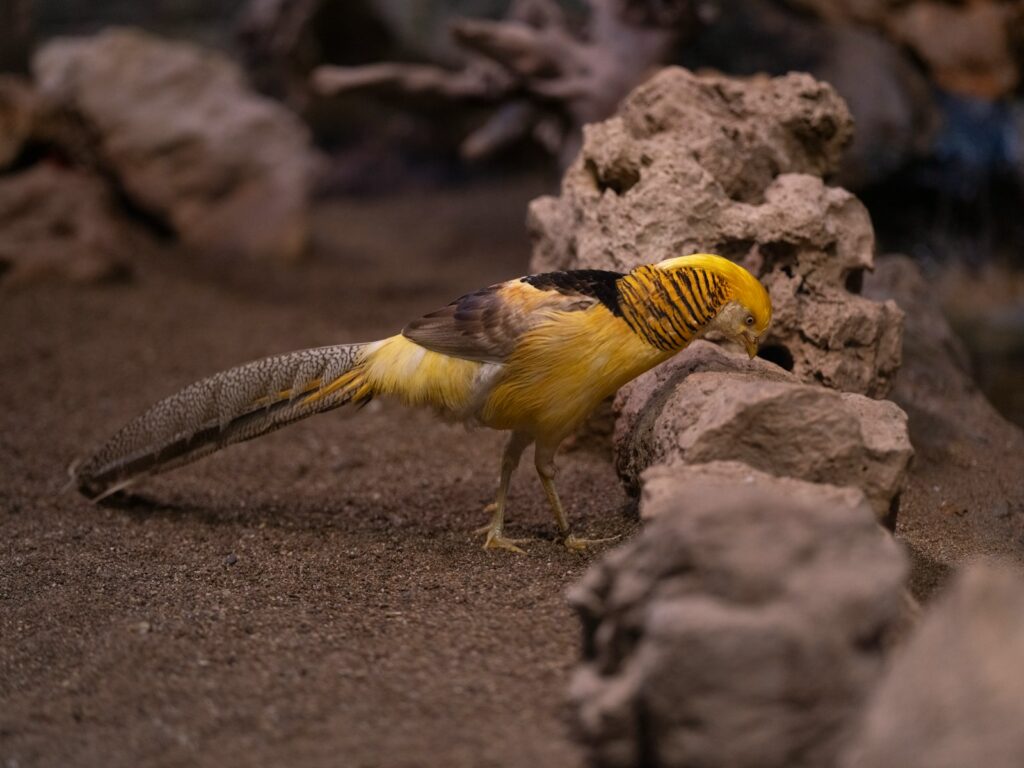
Developing a comprehensive support network enhances your ability to respond effectively to your exotic pet’s health needs. Establish relationships with multiple exotic pet veterinarians since finding emergency care for unconventional pets can prove challenging, particularly during nights and weekends when regular clinics close. Join species-specific online communities and social media groups where experienced owners share knowledge about health concerns, though always verify information with qualified veterinary professionals before implementing suggestions. Create an emergency contact list including your primary veterinarian, nearest exotic emergency clinic, and poison control resources, posting it prominently near your pet’s habitat for quick reference during stressful situations. Consider connecting with local exotic pet rescue organizations that often maintain networks of species-savvy veterinarians and can provide guidance during health crises. Additionally, identify experienced pet sitters familiar with your specific exotic species who can monitor for health changes when you’re unavailable, providing detailed written care instructions including normal behavior patterns and potential warning signs requiring attention. This multilayered support system ensures you’re never alone in making critical health decisions for your unique animal companion.
Conclusion

Providing proper care for exotic pets like sugar gliders, ferrets, and mini pigs requires dedicated attention to subtle health changes that might indicate developing problems. By familiarizing yourself with species-specific warning signs, establishing regular health monitoring routines, and building relationships with knowledgeable veterinary professionals, you significantly improve your ability to identify illness early when treatment proves most effective. Remember that these specialized companions depend entirely on your observational skills and prompt action when health concerns arise. The investment in understanding your exotic pet’s unique health indicators creates the foundation for a longer, healthier relationship with these remarkable animals.

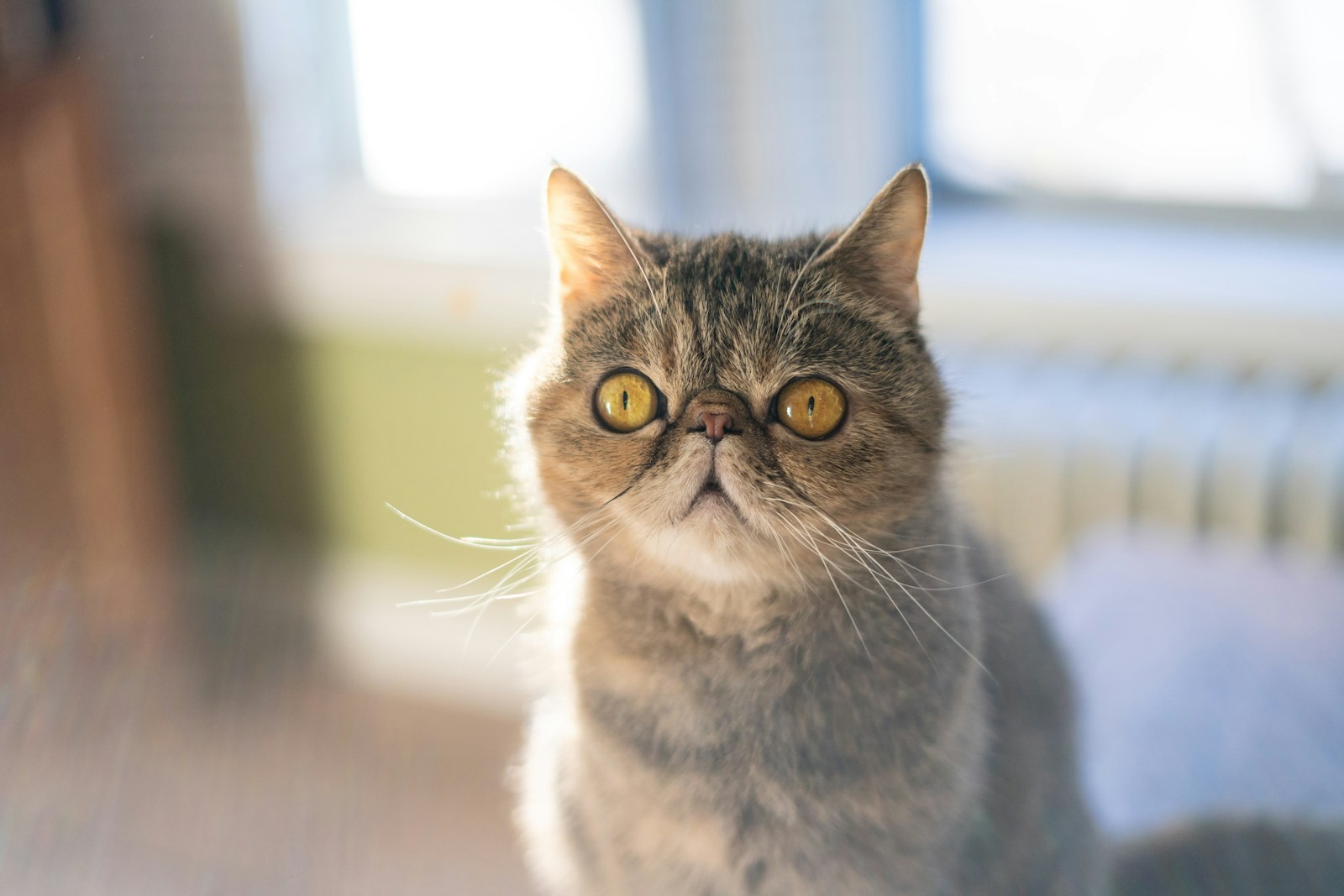
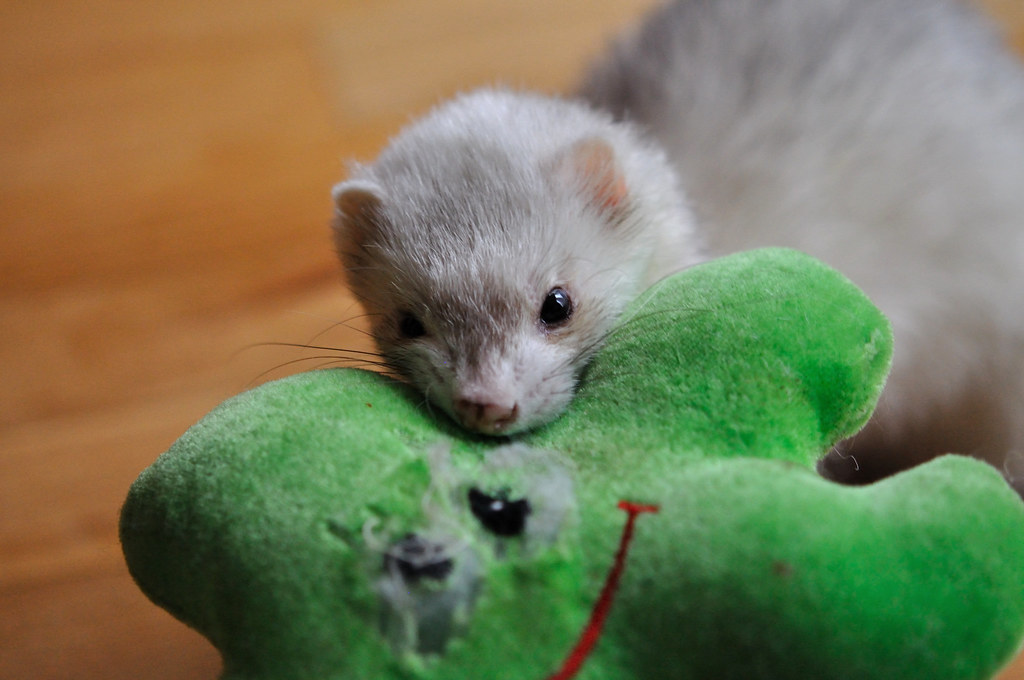
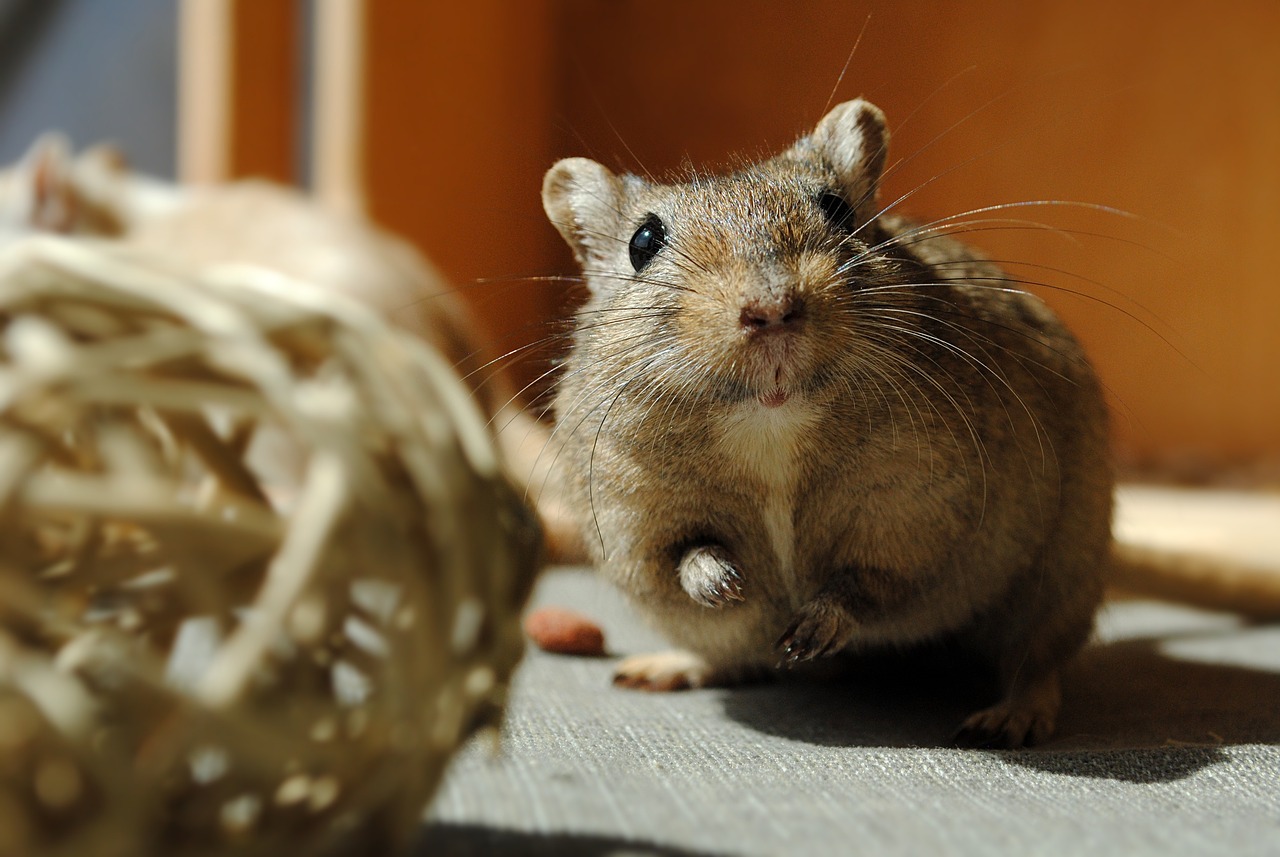
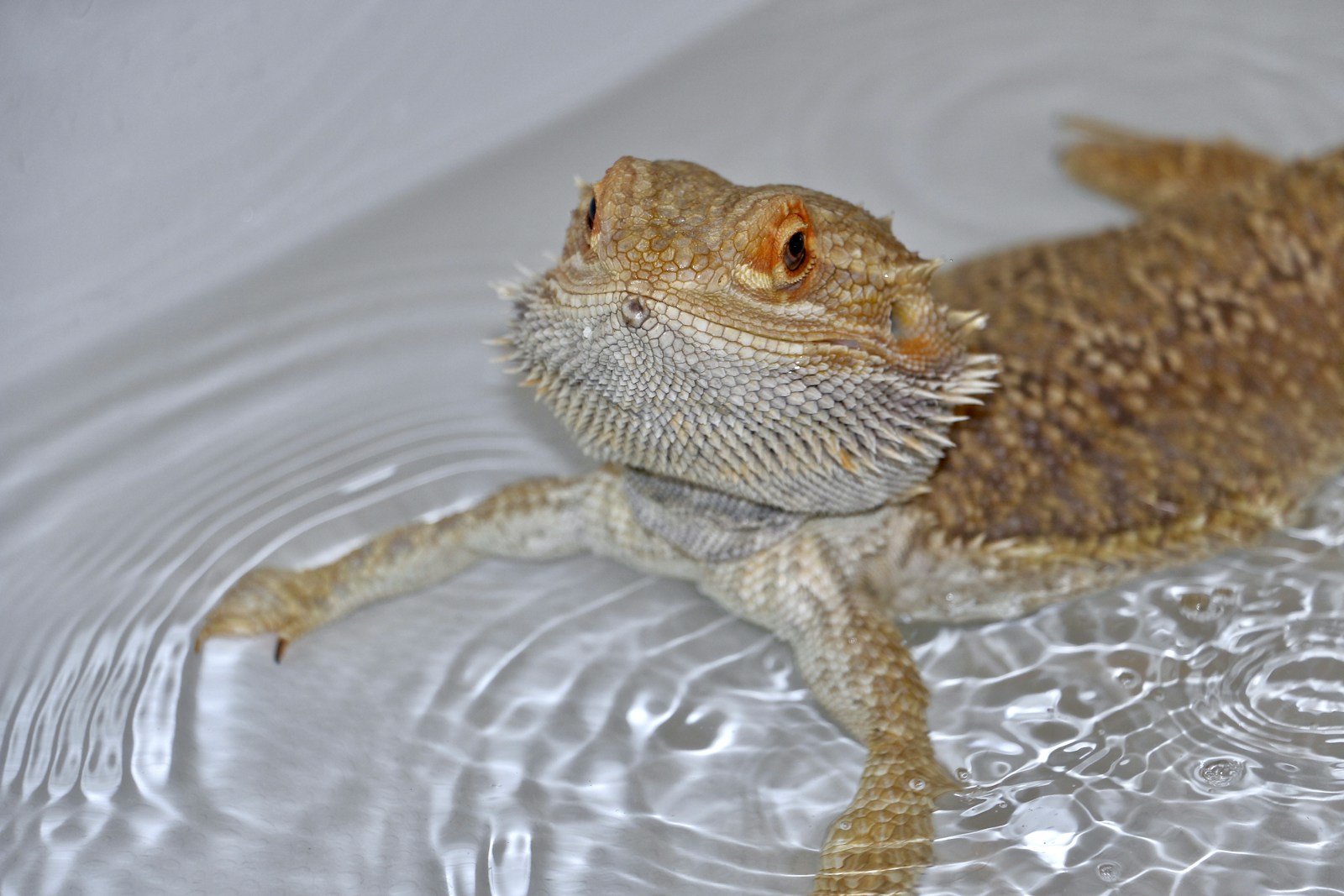


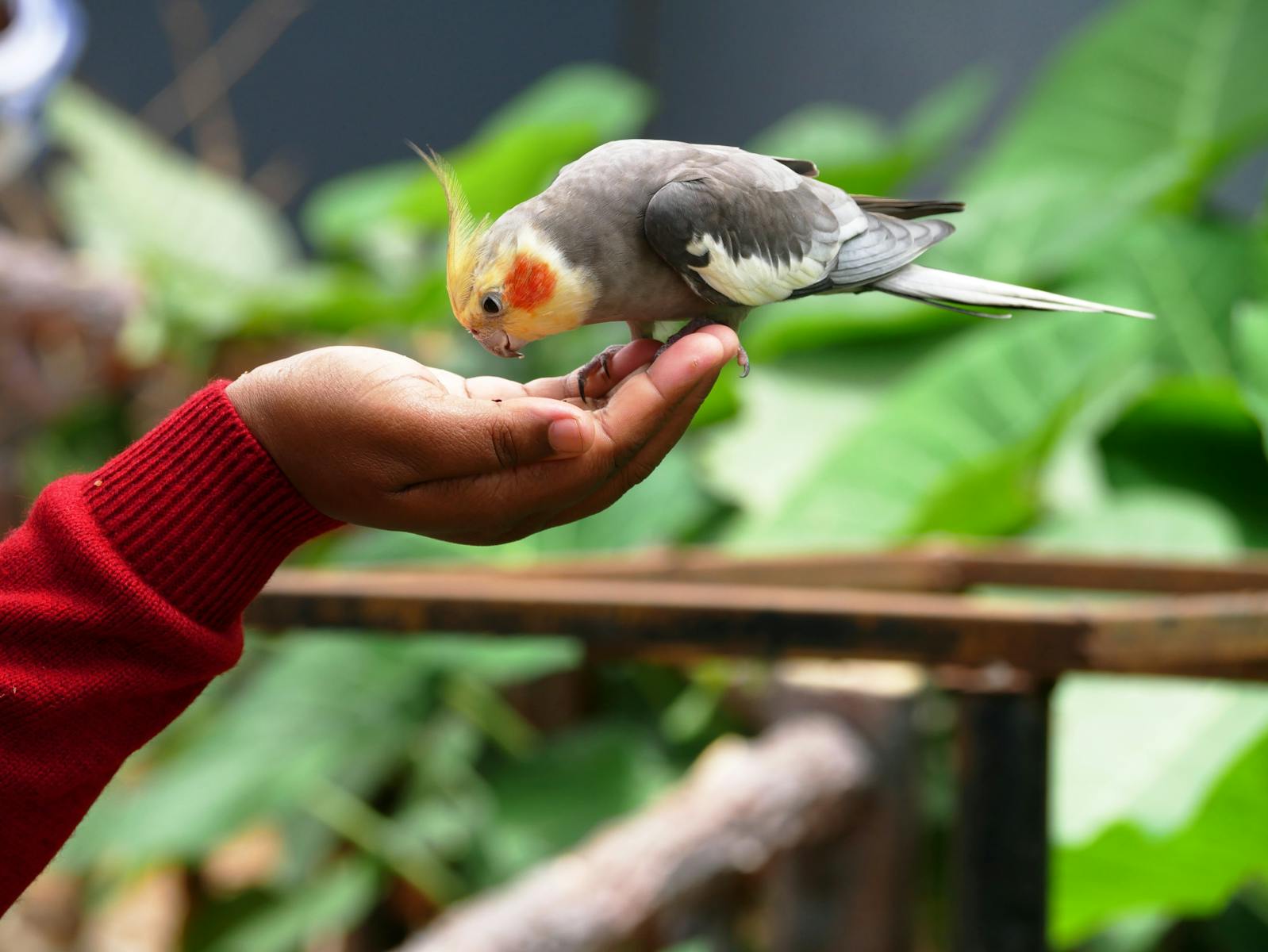
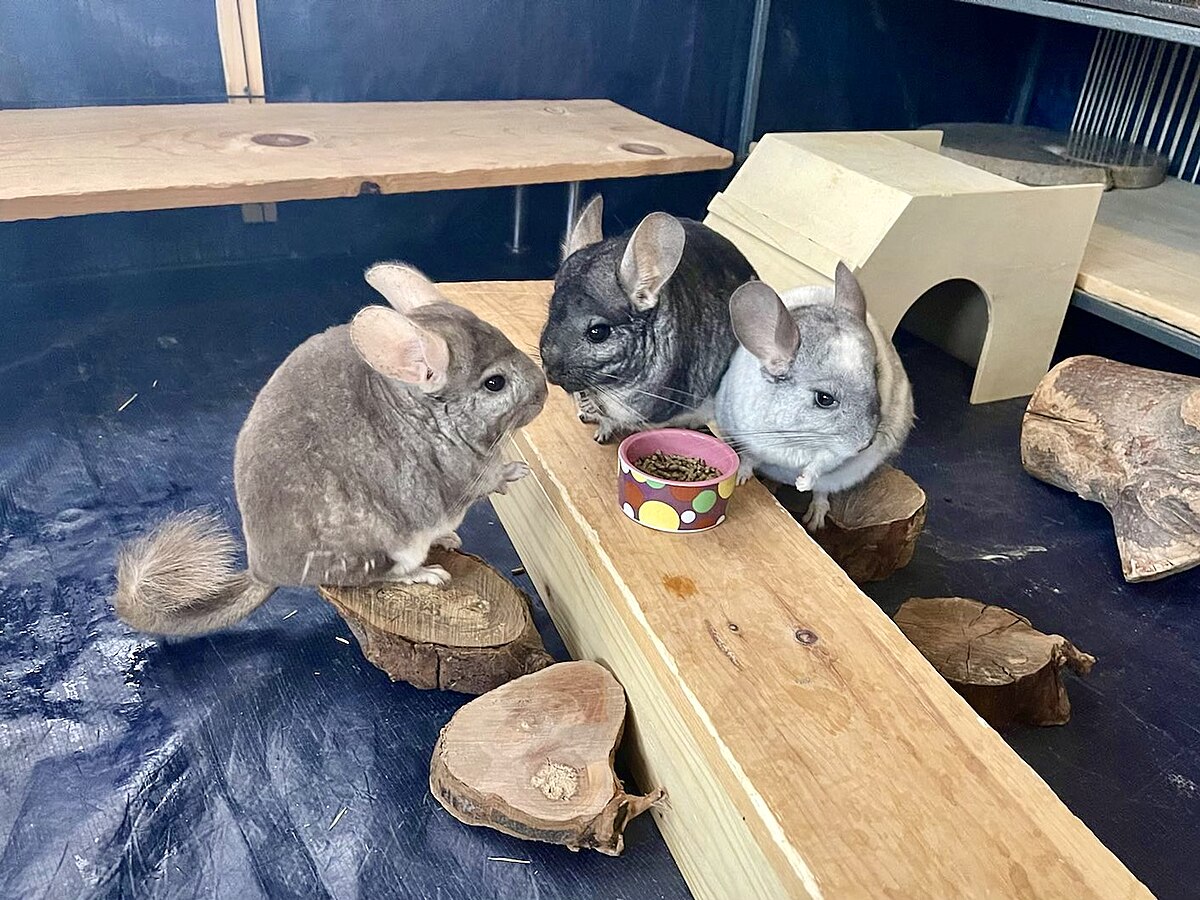

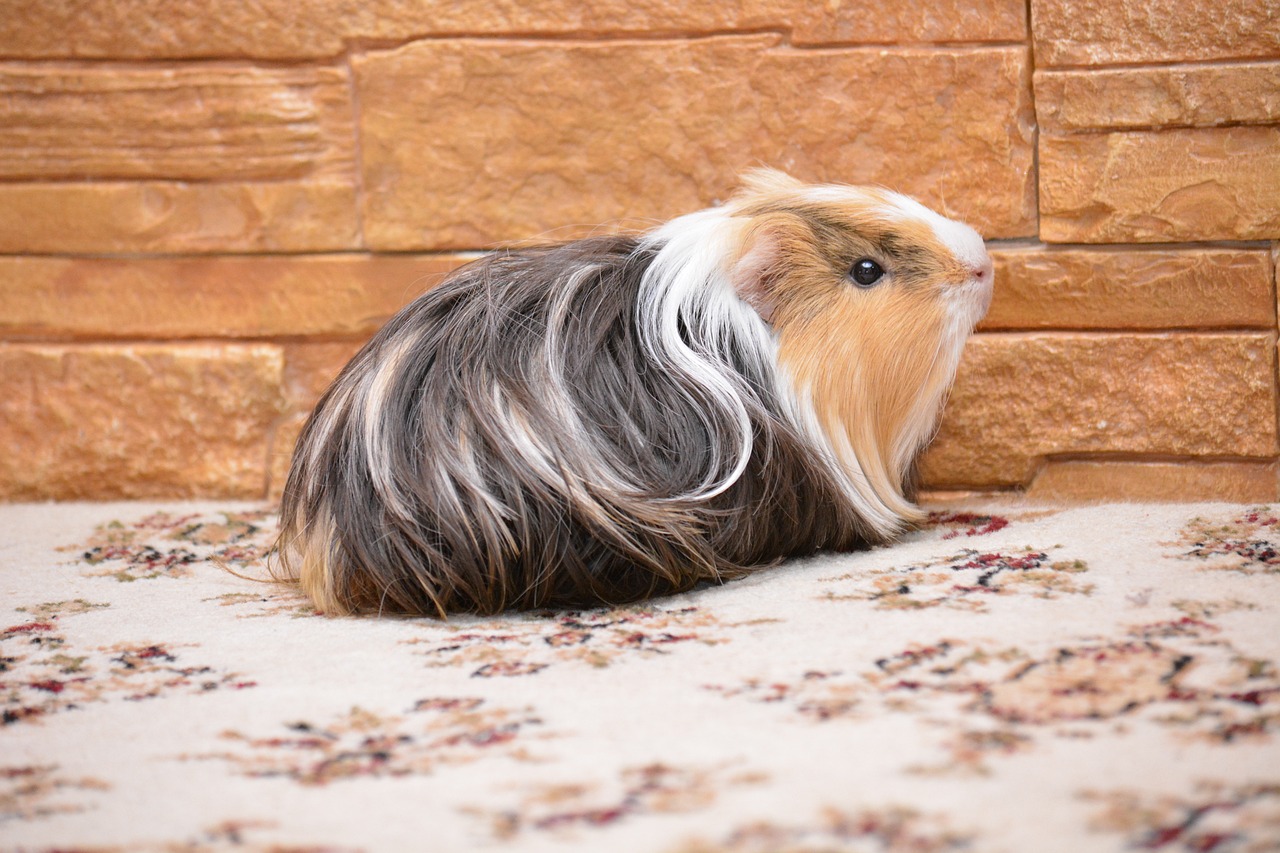
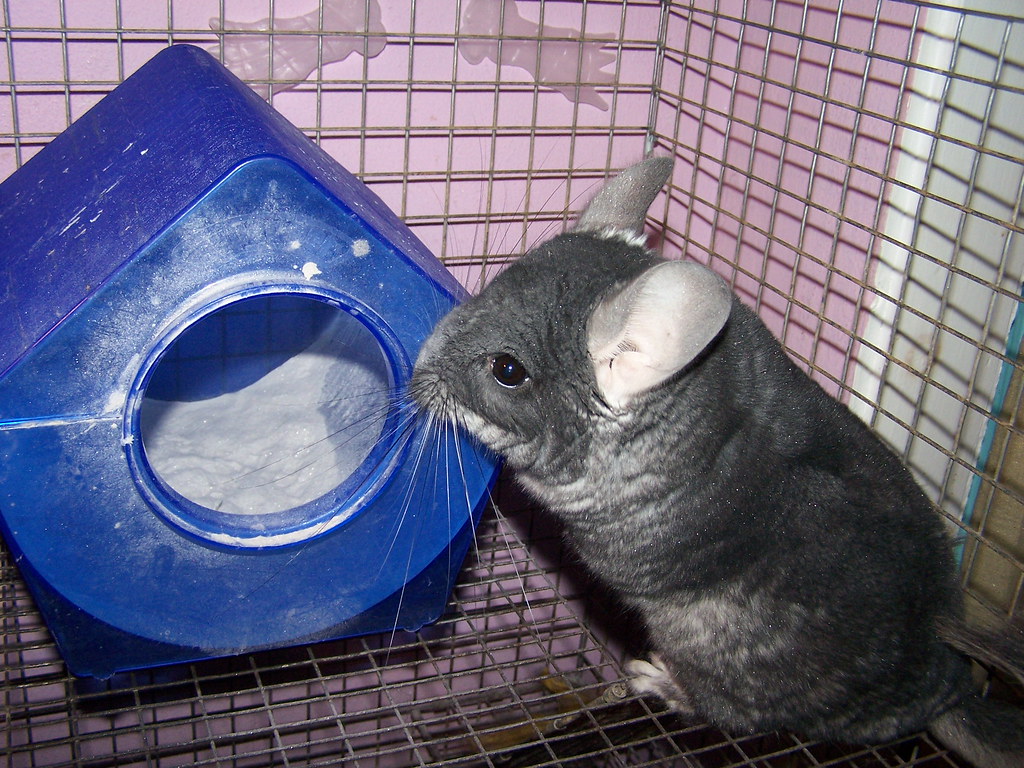




Leave a Reply